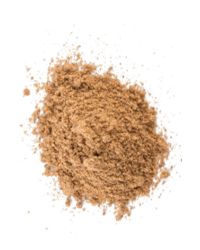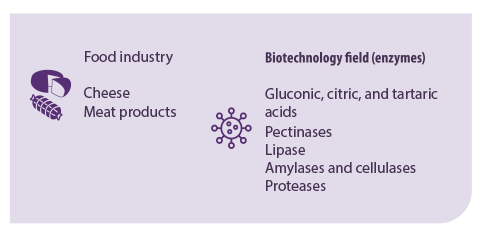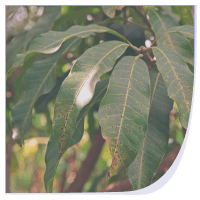Dr. Rui Alexandre Gonçalves
Aquaculture and Mycotoxin Expert
Aquaculture Business Developer – Lucta S.A.
Innovation Division – Feed Additives
UAB Research Park, Bellaterra, Barcelona, Spain
Importance of fungi for the ecosystem is immeasurable!
Fungi are present in all terrestrial habitats, from Antarctica to the hot deserts of Namibia, and in most aquatic environments.
Fungi are opportunistic heterotrophs, they can penetrate solid substrates (e.g., rock, bark, dead branches, bare soil, or grains), and nutritionally exploit almost any food substrate in the world.

Not all fungi are bad!
Several species of fungi, namely from genus Penicillium, play an important role in various industries.
 For example, penicillin, produced by P. chrysogenum (formerly P. notatum), discovered by Alexander Fleming in 1929, was probably the most important discovery in the last century as it changed the course of medicine.
For example, penicillin, produced by P. chrysogenum (formerly P. notatum), discovered by Alexander Fleming in 1929, was probably the most important discovery in the last century as it changed the course of medicine.
Fungi also play a central role in the food industry (cheese and various meat products) and are becoming increasingly important in the biotechnology field, especially on the production of enzymes (e.g. gluconic, citric, and tartaric acids, several pectinases, lipase, amylases, cellulases, and proteases).

Some of the fungi can have a parasitic behaviour and in certain cases can be pathogenic as their ability to penetrate almost any surface can be used to invade host organisms.
Fungi attack almost all known taxa of plants and animals, including shrimp (e.g. Fusarium spp. in penaeids) and fish (e.g. Saprolegniasis).


Focusing on fungi as plant pathogens, they attack all parts and all stages of crop plant development (from root hair to apical buds, grains or fruits).
The fungal infections may be restricted to small leaf spots, or they may be systemic, killing their host very quickly or remaining invisible until it is time to benefit from crucial energy resources, such as those concentrated by the host in anthers, bulbs or seeds.








 Micotoxicosis prevention
Micotoxicosis prevention